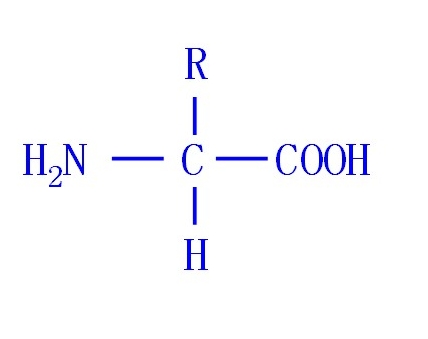Amino acids and proteins differ in different properties, different numbers of amino acids, and different uses.
First, the nature is not the same:
1. Amino acids: Compounds in which the hydrogen atom on the carbon atom of carboxylic acid is replaced by an amino group.
2, protein: it is a corresponding spatial distribution of substances, from amino acids by “dehydration shrinkage” produced by the polypeptide chain coil folding.
Second, the number of amino acids is different:
1, amino acids: is an amino acid molecule.
2, protein: composed of more than 50 amino acid molecules.
Three, different uses:
1. Amino acids: synthesis of tissue proteins; Conversion to ammonia-containing substances such as acids, hormones, antibodies and creatine; Into carbohydrates and fats; Oxidize to carbon dioxide, water, and urea, forming force.
2. Protein: Protein is the key raw material for the construction and repair of the human body. Protein is essential for the growth of the human body and the repair and renewal of damaged cells. It can also be decomposed into human life activities to supplement energy.
protein is the material basis of life. Without protein, there would be no life. Therefore, it is a substance closely related to life and all kinds of life activities. Proteins are involved in every cell and all vital components of the body.
Amino acids are the basic components of proteins, which give proteins specific molecular structure and morphology, so that their molecules have biochemical activity. Proteins are important active molecules in living organisms, including enzymes and enzymes that catalyze metabolism. Different amino acids are chemically polymerized into peptides, and the original fragments of proteins are precursors for protein production.
Post time: Mar-03-2025

